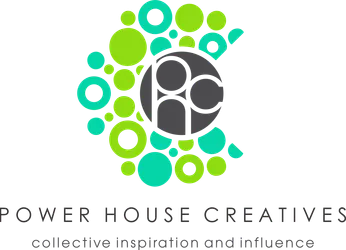Introduction, English Only
Greetings, friends!
Continuing the series of tutorials about the basics of Photography.
This time, I'm going to write about Aperture.
I have posted these examples and most of the theory before the new blockchain and within another project, but now I am reorganizing, editing, and translating those lessons into a new and more complete set.
I hope you find them useful and easy to understand!
Previous Lessons:
Предишни уроци:
Photography Basics — Exposure — En and Bg Translation
What is Aperture
The opening that those metal pieces inside your lens will create, the same as the pupil of the eye. So on that depends how wide a beam of light is getting in and touching our sensor or film (whatever light-sensitive material).
The wider the opening, the more light we let into the image.
Aperture is measured in F stops, shown to us as F numbers.
A lower F-number also means a wider opening. Higher F numbers mean tighter openings. And greater sharpness of the image, as a side effect of less dispersion of light. Wider openings reduce that sharpness — because of greater dispersion of light.
We call it Depth of Field (DoF).
In general, a wide-open Aperture, i.e. a small F-number means a shallow DoF. A larger F-number generally means a greater DoF.
Какво е Бленда
Отворът, който онези метални пластини, вградени в обектива, образуват подобно на зеницата на окото. От това зависи колко широк сноп светлина ще премине и достигне до сензора или филма (до какъвто светлочувствителен материал използваме).
Колкото по-широк е отворът, толкова повече светлина пускаме в изображението.
Блендата се измерва чрез F стопове, показвани ни като F числа. По-късно в тази статия ще обясня как се получават F числата.
По-малки F числа означават по-широк отвор. По-високи F числа означават по-тесен отвор. И по-голяма острота на изображението като страничен ефект от по-ниската дисперсия на светлината. И обратното.
Тази острота наричаме дълбочина на рязкост на изображението.
В общия случай, по-широка бленда, т.е. по-малко F число, означава по-плитка рязкост. По-голямо F число означава по-дълбока рязкост.
Beginners focus on this piece of information and mostly talk about open Aperture when striving to achieve those interesting-looking shallow DoF images.
But Aperture is only one of three major factors that influence the Depth of Field of sharpness within the frame. We shall talk about the other factors in another lesson.
And even in portrait photography, there are cases where we would use a wide-open Aperture for greater background blur, and cases, where we would use a relatively closed Aperture for more sharpness.
Начинаещите често се фокусират върху тази информация и основно говорят за отворена бленда, когато се стремят да получат интересно изглеждащи изображения с плитък DoF.
Но блендата е само един от три основни фактора, които влияят дълбочината на рязкост на изображението. За другите ще говорим в друг урок.
A дори в портретната фотография има случаи, в които бихме използвали широка бленда с цел по-неясен фон, както и случаi, в които ползваме сравнително по-затворена бленда за повече острота.

Aperture F 3.2; Focal Length 85 mm.

Aperture F 8; Focal Length 145 mm. Studio Lights.
Below — a practical demonstration of the change of Aperture.
Долу — практическа демонстрация на промяна в блендата.

Aperture F 5.6
Focus is on the third pin and those in front and those in the back are out of focus. The Depth of Field in this frame is relatively shallow.
Фокусът е на третата карфица, а тези отпред и отзад са извън фокус. Дълбочината на рязкост в този кадър е сравнително малка.

F 8

F 11

F 16

F 22
There is a connection here between this lesson, the previous one about Exposure (linked at the beginning of this article), and the lesson that follows.
Different Aperture values were used but the Exposure remained the same. How?
Learn more next time.
Тук има връзка между този урок, предишния за Експозиция (линк към него в началото на статията), и урокът, който следва.
Различни стойности на блендата са използвани, но експозицията остава една и съща. Как?
Научете повече следващия път.
Yours,
Manol

